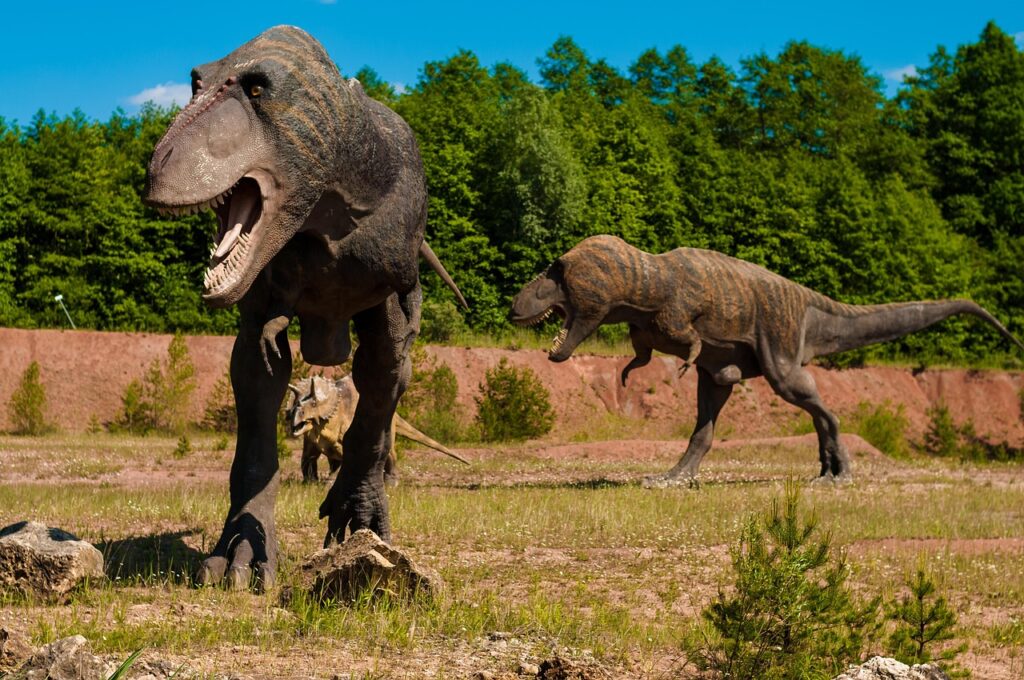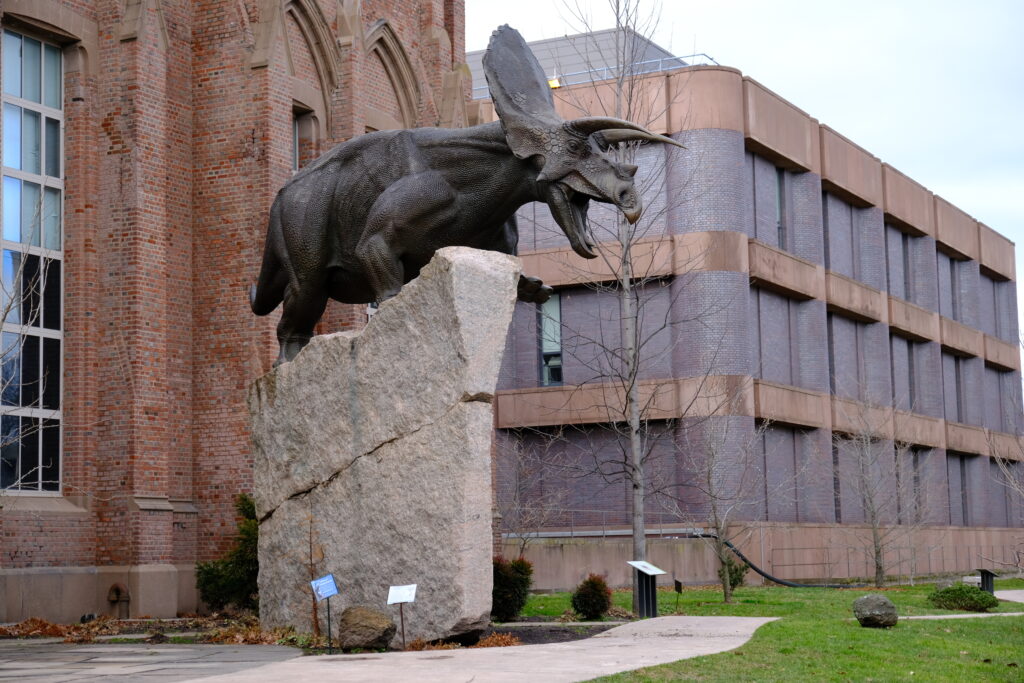You’ve probably heard that terrifying roar countless times in movies like Jurassic Park, but what if everything you thought you knew about how dinosaurs sounded was completely wrong? Recent scientific breakthroughs are revealing the truth behind these ancient giants’ vocalizations, and the reality is far more fascinating than Hollywood ever imagined.
Scientists have been working tirelessly to develop what they believe is an accurate recreation of Tyrannosaurus rex sounds by combining the sounds of animals they consider similar, producing a sound so deep that researchers think it could be felt rather than just heard. This journey into prehistoric acoustics represents one of the most intriguing frontiers in paleontology today.
The Hollywood Myth That Fooled the World

Picture this: you’re sitting in a dark theater in 1993, and suddenly the ground shakes as a massive T. rex unleashes its bone-chilling roar. That iconic sound became etched in our collective memory, but here’s the shocking truth.
The T. rex roar from Jurassic Park was actually a combination of a baby elephant’s squeal, an alligator’s gurgling, and a tiger’s snarl, with its breath created from the sound of air escaping a whale’s blowhole. Sound designers weren’t trying to be scientifically accurate; they were crafting pure cinematic magic.
Why Traditional Fossil Evidence Falls Short
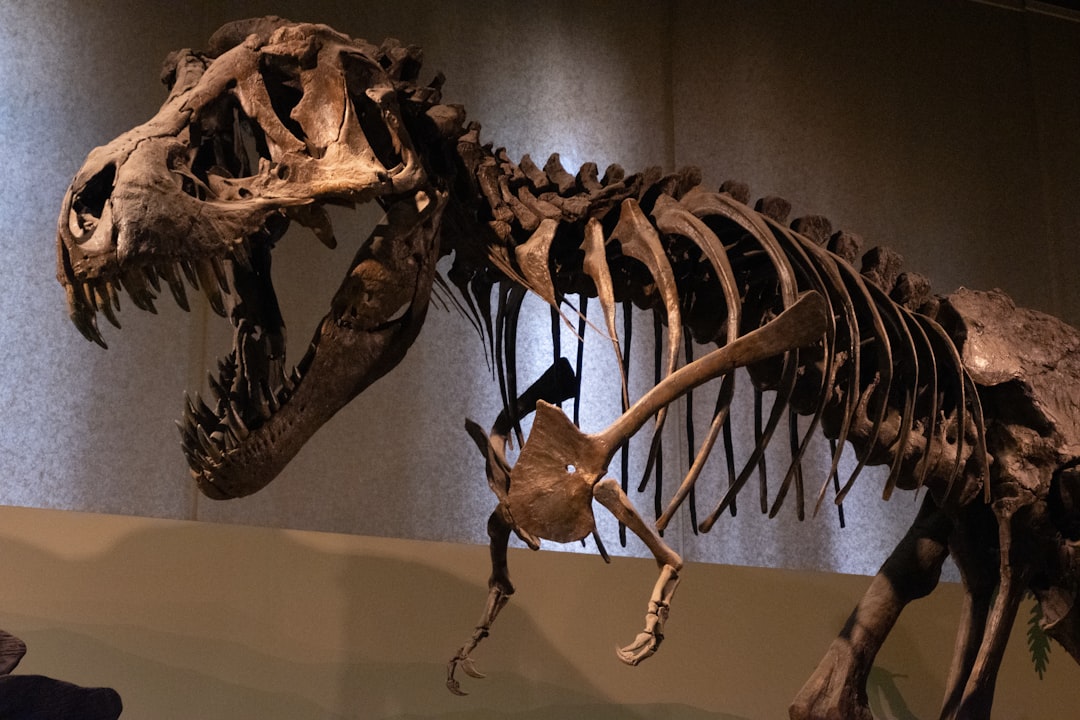
You might wonder why scientists struggle to determine how dinosaurs sounded when we have so many complete skeletons in museums. The answer lies in what fossils can and cannot preserve.
Bones and teeth and, if we’re lucky, soft tissues may fossilize, but roars do not. Sound-producing biological parts are usually comprised of soft-tissue which is destroyed by decomposition well before fossilization. This creates an enormous challenge for researchers trying to piece together the acoustic world of the past.
The CT Scanning Revolution in Paleoacoustics
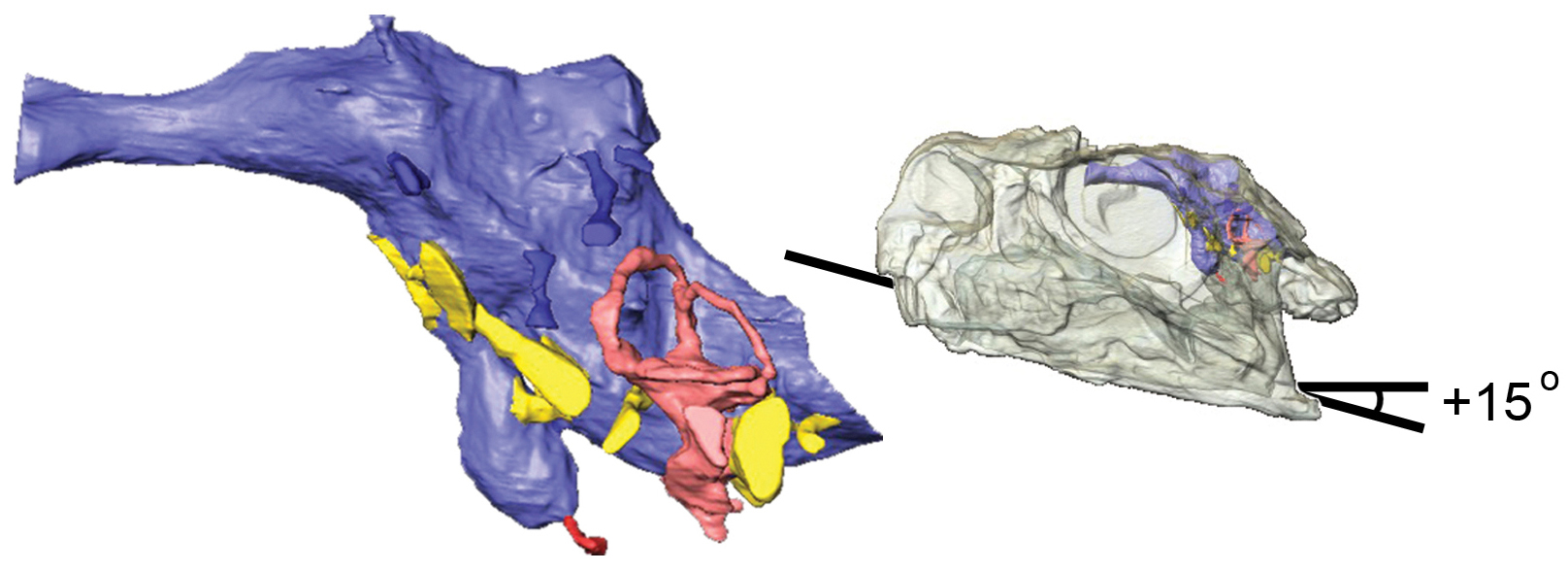
Modern science has found ingenious ways to overcome these limitations through advanced imaging technology. Scientists created a three-dimensional computer model of dinosaur crests by performing CT scans, taking numerous detailed cross sections.
The CT scan process revealed a much more complicated internal structure than had been known previously. These detailed scans allow researchers to peer inside fossilized skulls without damaging precious specimens, revealing intricate air passages and chambers that would have played crucial roles in sound production.
Resonance Modeling Brings Dinosaurs Back to Life
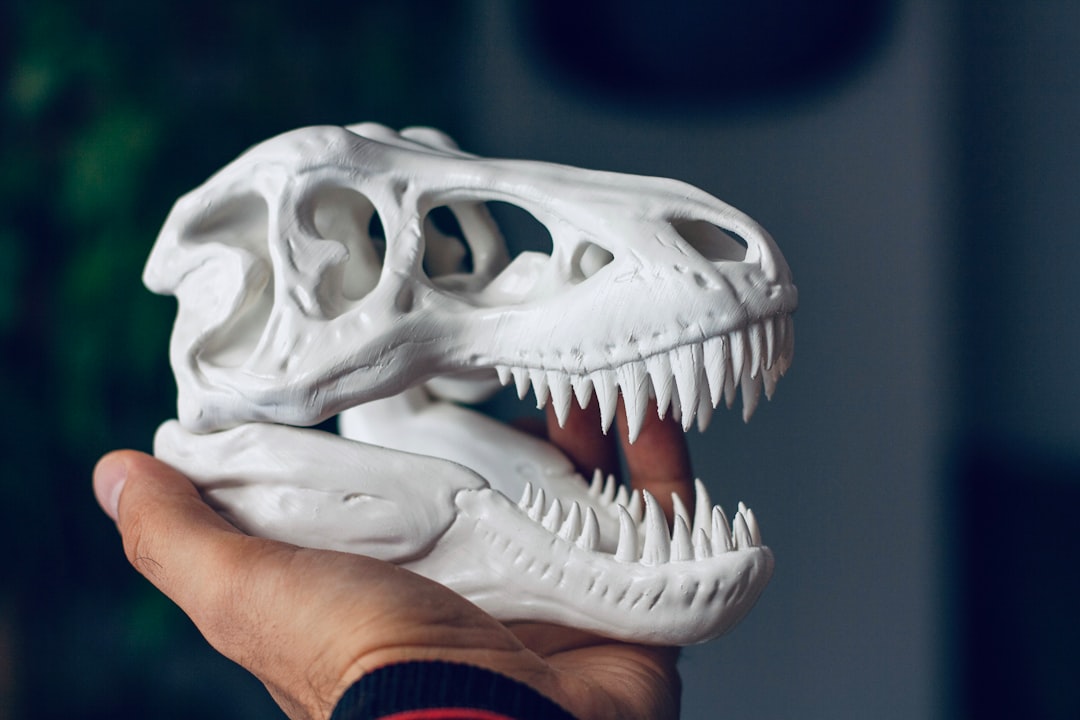
Once scientists obtain detailed CT scans, the real magic happens through sophisticated computer modeling. Once the 3D model was completed, the computer was able to simulate blowing air through it to amplify the tones it was capable of making.
Once the size and shape of the air passages were determined with powerful computers and unique software, it was possible to determine the natural frequency of the sound waves the dinosaur pumped out, much the same as the size and shape of a musical instrument governs its pitch and tone. This approach treats dinosaur skulls like ancient musical instruments waiting to be played again.
Vocal Tract Studies Reveal Surprising Complexities
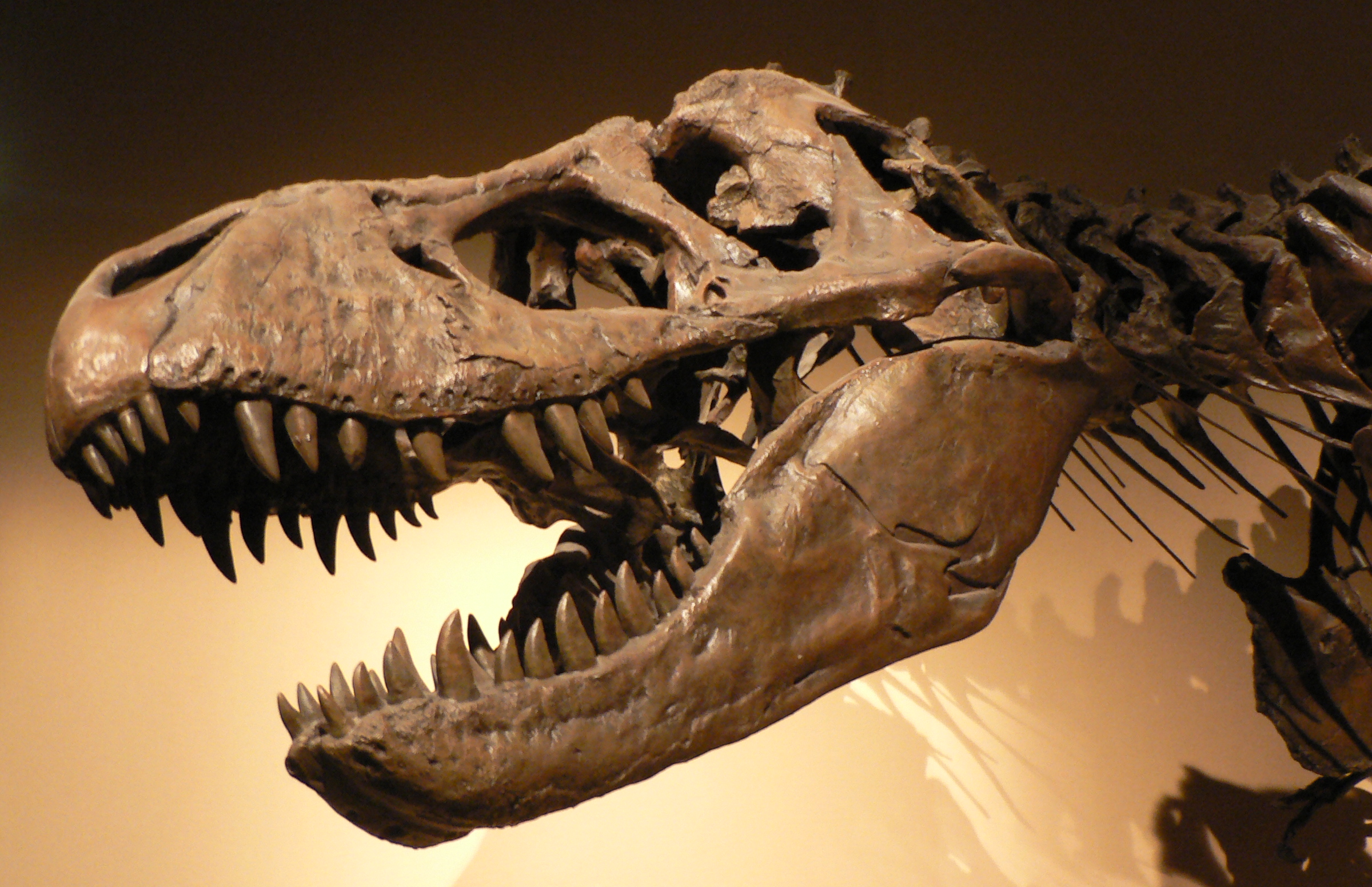
Bird sounds are complex, shaped by factors including the folds of tissue that cover cartilage and the structure of the rest of the vocal tract. Scientists must account for these variables when reconstructing dinosaur vocalizations.
Researchers have discovered that vocal anatomy plays a crucial role in sound production. The architecture of dinosaur laryngeal structures could have controlled the laryngeal configuration and air pressure across the glottis. These findings suggest that dinosaurs possessed far more sophisticated vocal capabilities than previously imagined.
The Parasaurolophus Breakthrough
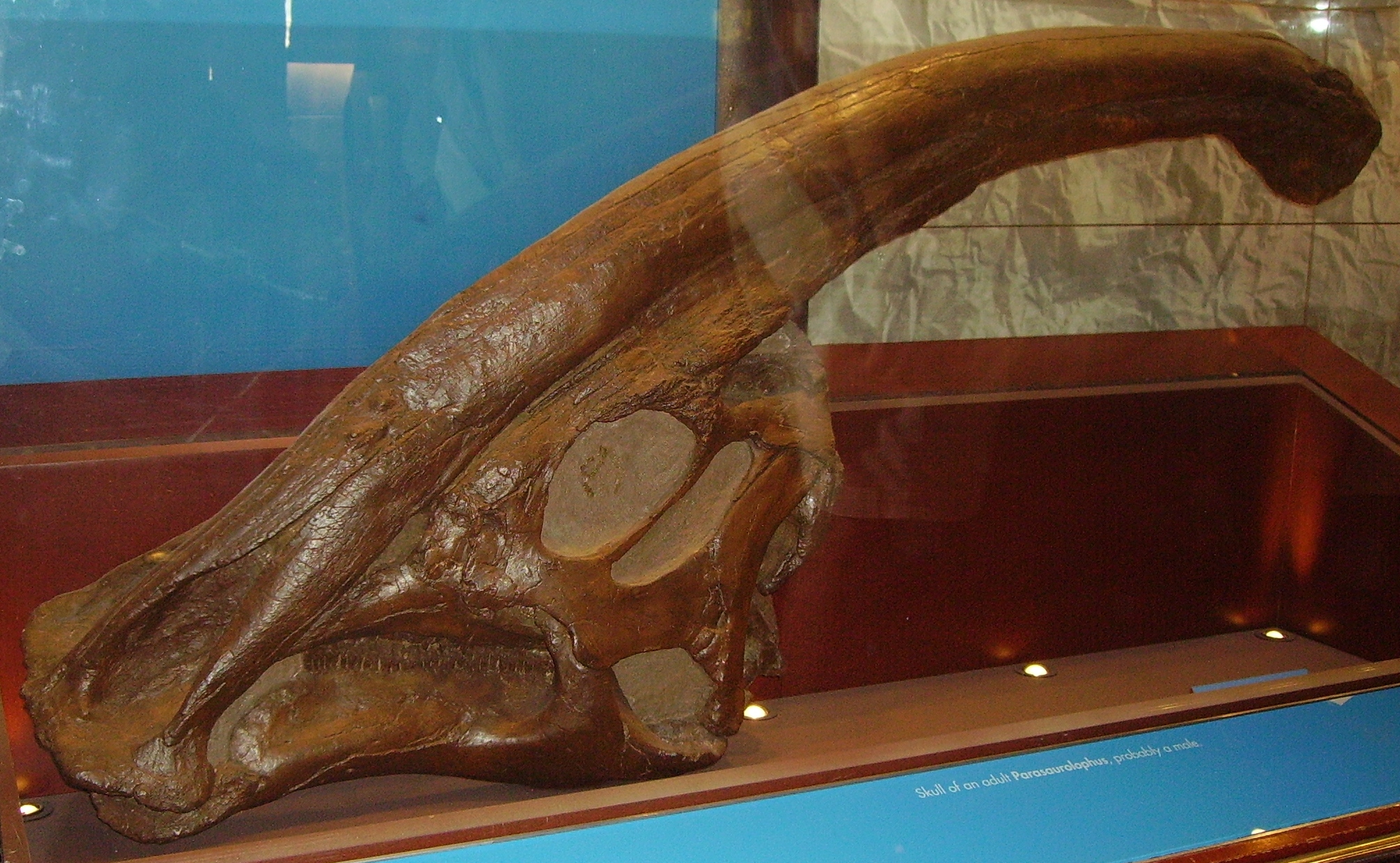
One dinosaur species has become the poster child for paleoacoustic research. Scientists have studied dinosaur vocalization using rare Parasaurolophus skull fossils with distinctive crests, with a bony tubular crest that extended back from the top of its head.
Many scientists believed the crest, containing a labyrinth of air cavities and shaped something like a trombone, might have been used to produce distinctive sounds, and as expected, the dinosaur apparently emitted a resonating low-frequency rumbling sound that can change in pitch. This discovery provided the first concrete evidence of how specific dinosaurs might have sounded millions of years ago.
Julia Clarke’s Groundbreaking T. rex Research

American paleontologist and evolutionary biologist Dr. Julia Clarke pulled together all her dinosaur knowledge to try and create the most realistic T. rex sound possible. Her approach revolutionized how scientists think about dinosaur communication.
Professor Julia Clarke of the University of Texas has researched dinosaur sounds by studying calls of related modern species like birds and crocodiles, as both are Archosaurs which are the precursors to dinosaurs. This method represents a significant departure from Hollywood fiction toward scientific accuracy.
The Discovery of Ancient Voice Boxes

Perhaps the most exciting development in paleoacoustic research came with the discovery of actual fossilized vocal organs. The extremely rare discovery of an 80 million-year-old fossilized voice box that belonged to an armored dinosaur reveals that the ancient beast may have sounded more birdlike than experts previously thought.
Fossil preservation of the larynx in archosaurs is extremely rare, and the Pinacosaurus fossil material represents the oldest voice box known to science. This remarkable preservation has opened entirely new avenues for understanding dinosaur communication.
Modern Technology Meets Ancient Mysteries
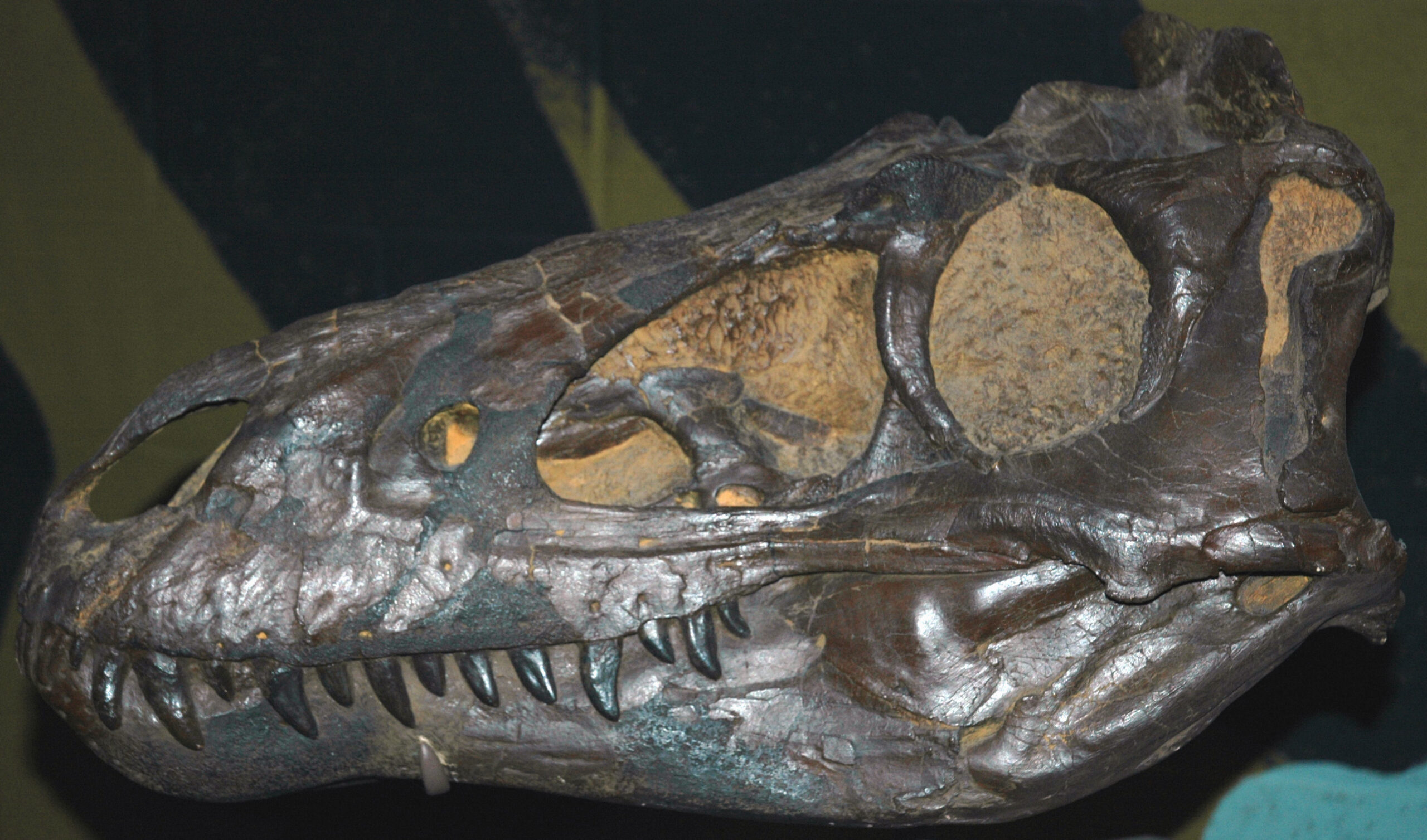
A new instrument called the Dinosaur Choir uses CT scans and 3D modeling to recreate actual dinosaur sounds, with the scan allowing researchers to create an initial model of the dinosaur’s skull and nasal passage structure. This cutting-edge approach combines paleontology with music technology.
The result was a ghostly, otherworldly sound that could shift from whispers to booming calls depending on the breath. These modern recreations help us experience what Earth’s soundscape might have been like during the age of dinosaurs.
The Shocking Truth About T. rex Vocalizations

Prepare yourself for this revelation: If you were to ask Julia Clark, she’d tell you that T. rex were probably silent when they hunted. This makes perfect evolutionary sense when you think about it from a predator’s perspective.
Scientists theorize that many dinosaurs may have produced closed-mouth vocalizations by inflating their esophagus or tracheal pouches while keeping their mouth closed, producing something comparable to a low-pitched swooshing, growling, or cooing sound. Their deep calls and whistling sounds probably helped them when they wanted to communicate, using infrasound sounds that travel great distances.
The ominous reverberation is arguably even more terrifying than the T. rex roar of Jurassic Park, and as the pitch continues to drop, it approaches infrasound, a form of sound where waves vibrate so slowly humans struggle to hear them. Imagine feeling a dinosaur’s presence before you could see it, as vibrations shake the very ground beneath your feet.
Conclusion
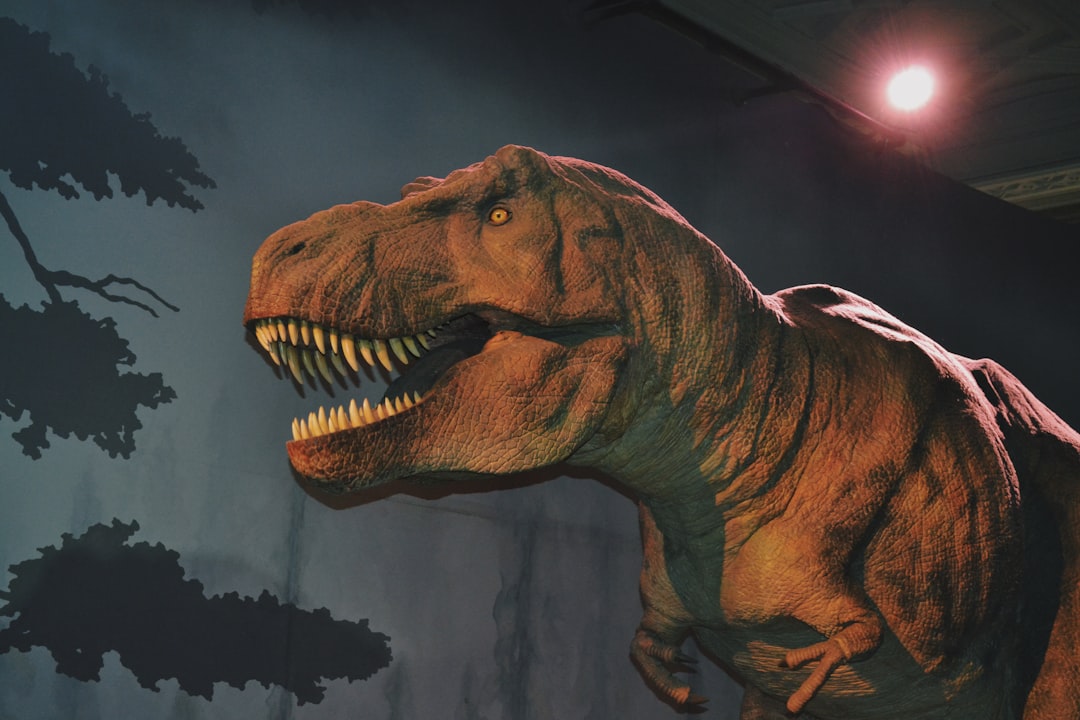
The journey to recreate dinosaur sounds has taken us from Hollywood fantasy to scientific reality. Through advanced CT scanning, sophisticated computer modeling, and careful study of modern relatives, researchers have unveiled a prehistoric world that sounds nothing like what we expected. These gentle giants may have communicated through deep, resonant calls that traveled for miles, whispered to their young through subtle vocalizations, and remained eerily silent while hunting their prey.
What fascinates me most is how this research challenges our assumptions about the past. Every breakthrough brings us closer to understanding not just how dinosaurs looked, but how they lived, breathed, and spoke to one another across ancient landscapes. What do you think about discovering that T. rex might have sounded more like a massive dove than a roaring monster? Tell us in the comments.



